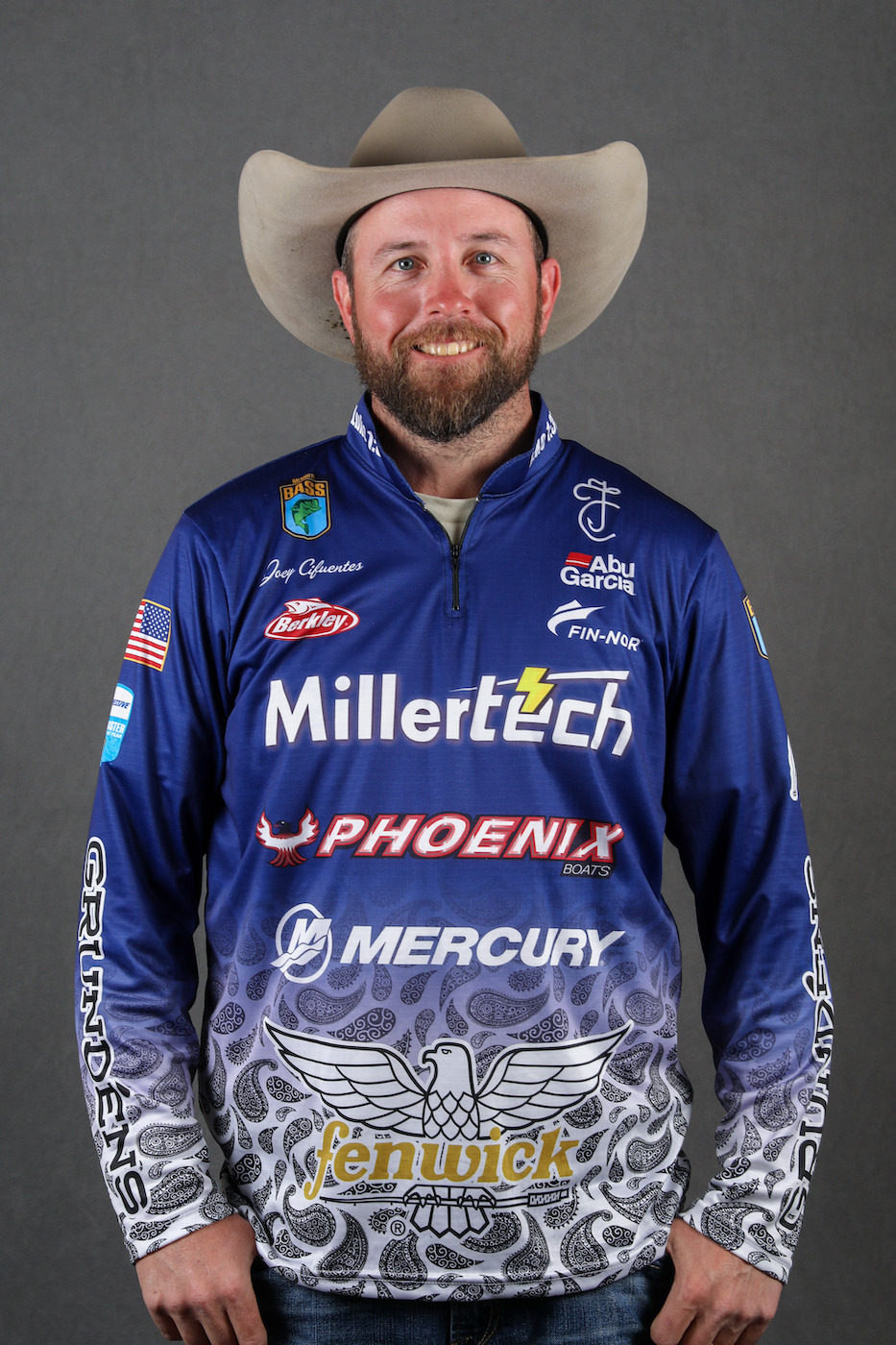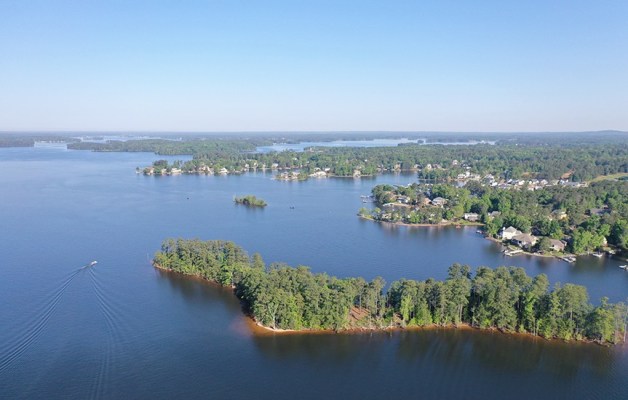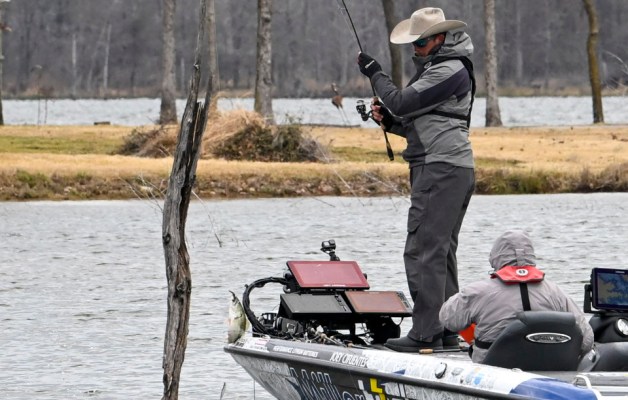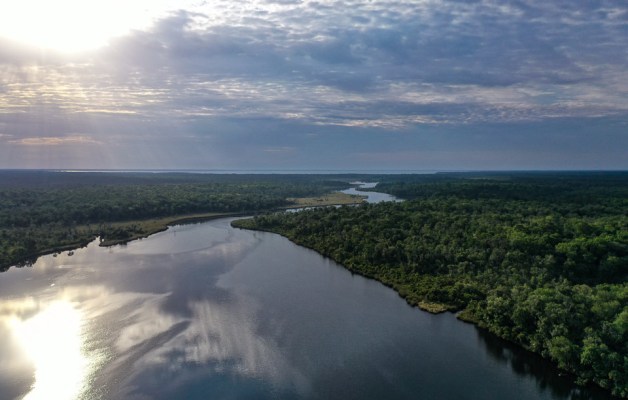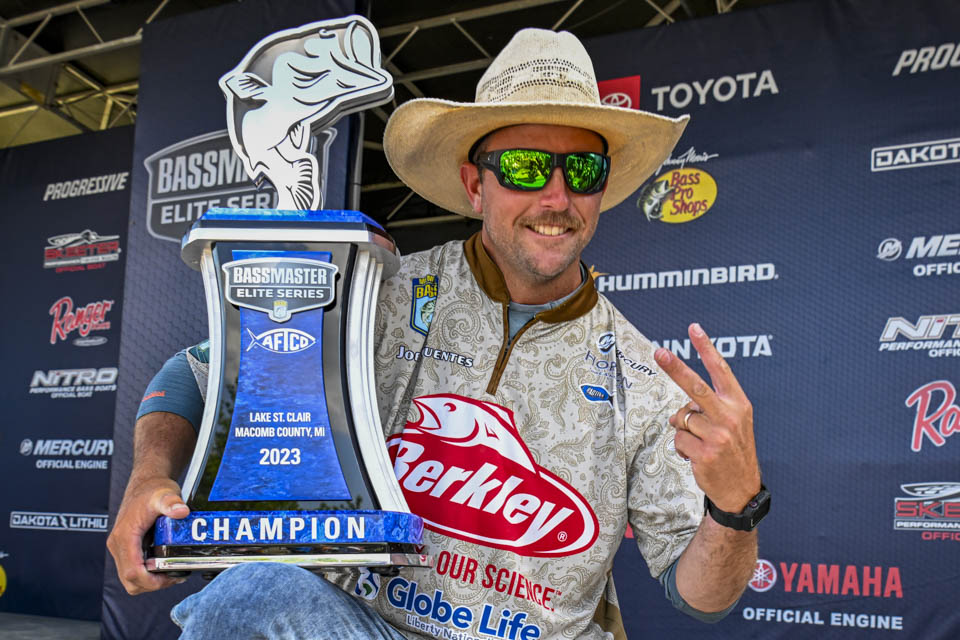
I was excited to fish the AFTCO Bassmaster Elite at Lake St. Clair for several reasons. The lake is absolutely one of the most amazing smallmouth fisheries in the country, and I’d made the Top 10 in an FLW event at St. Clair five years ago.
I was also pumped to fish for the lake’s trophy smallmouth with Garmin’s LiveScope. For some reason I was hesitant to put forward-facing sonar on my boat. I finally did that about three years ago.
In the previous tournament, I keyed on what anglers at St. Clair call “cabbage grass.” I knew the grass would be a factor this time as well.
History doesn’t guarantee future success and that proved to be the case at St. Clair. Practice was tough for me. I checked some of my old waypoints and a lot of good-looking areas but didn’t find anything to get me excited. I was only catching 3- to 3 1/2-pound smallmouth. You have to catch limits over 20 pounds at St. Clair to have a shot at fishing on Day 4.
On the last practice day, I stumbled across some good, tall cabbage grass and caught a few of the quality smallmouth I was looking for. That grass can grow all the way to the surface. There were thick, scattered clumps of it.
I also saw more yellow perch there than anywhere else. That’s another key to finding big smallies on St. Clair. The perch would nibble at my bait, and I caught several of them during the tournament. I don’t think many goby were there because I never caught one.
I fished nothing but a drop shot because I lose fewer fish on it than anything else. My bait was Berkley’s 3.6-inch Flat Worm in the brown back color. I nosed-hooked it with a No. 2 Berkley Fusion19 Drop Shot Hook.
I hung a 1/4-ounce drop-shot weight 2 feet below the Flat Worm to keep the bait above the short grass that grows over much of St. Clair’s bottom. I used an FG Knot to connect 10-pound Berkley X5 Flame Green Braided Line to an 8-pound Berkley 100% Fluorocarbon leader.
Going into the first day of the tournament, I knew my spot had potential but wasn’t sure how much. I sacked a 22-pound, 10-ounce limit and landed in fifth place. I did even better the second day with 24 pounds even. That jumped me up to second place.
I was catching 10 to 15 bass a day by weaving around over the grass and looking for individual bass in clumps of cabbage with forward-facing sonar. Ten or 15 minutes might pass between casts. When I pitched my bait to a bass, it would hit on the drop or right after the weight touched bottom almost every time. I also caught a few good fish casting into thick grass clumps where I couldn’t see a bass.
If there was one thing that was going to prevent me from winning, it would be the wind. That’s what we got on Day 3. My bass were so scattered it was hard to find them with forward-facing sonar on the bumpy water. I had to switch to a 1/2-ounce weight to maintain control over my drop shot. I caught only seven bass and was fortunate to have a 21-pound bag. It was enough to keep me in second place.
The weather was calm the last day, and I was able to fish effectively. Early that morning I caught a 5-pounder. Then I caught another 5-pounder and a third 5-pounder.
After that I hooked a smallmouth nearly as big. Just as I was reaching to grab it, the bass leaped into the boat and landed in my lap. That’s when you know it’s your day. I got a little emotional after that happened.
It was a great day, but it didn’t guarantee victory. St. Clair can produced limits well over 25 pounds. As I drove back to the weigh-in, I worried that the one bass in my livewell under 4 pounds would keep me from claiming my second blue trophy of the season. It didn’t. My 23-13 limit clinched the win by only 18 ounces.
Bass tournaments are hard on my cowboy hats. I typically crunch three of them a year. My first hat of the season got me through St. Clair, but it’s past time to retire it. I hope the next one brings me as much luck in the final two Elite tournaments of the year.

